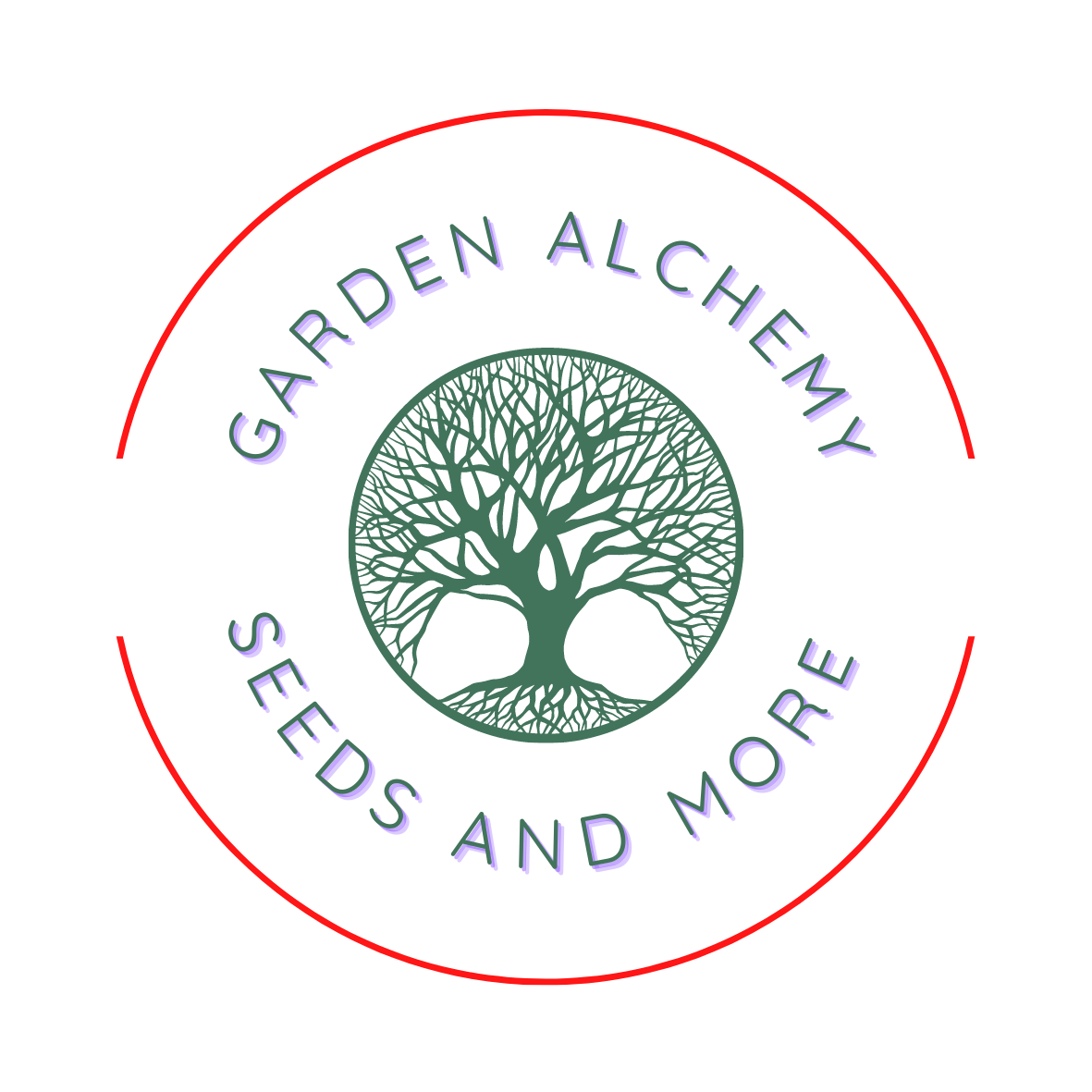Growing Onions - Benefits and Instructions
Benefits of Growing Onions
-
Medicinal - Onions should be labeled as a super food, the flavonoid present in onions is known to help with blood clots, bronchitis, diabetes, asthma and lower bad cholesterol. These are only a few of the impressive health benefits that onions have to offer.
- Nutritional Profile - Onions are a good source of vitamin C, B6, potassium, folate, and manganese. Onions also contain inulin, a soluble prebiotic fiber that feeds healthy bacteria in the gut.
-
Use in: Canning, pickled, soups, stews...and endless list

Growing Instructions
Culture:
Harvesting:
Bunching onions are used when young and green, plants can be harvested in two ways: you can pull entire plants and eat them like green onions, or you can snip off leaves as needed throughout the growing season, more like chives. Leaves will grow back quickly and can be cut down several times throughout the season. To harvest storage onions: when onion tops begin to fall over, turn brown and wither, it is time to harvest.
Storage/Preparation:
Bunching onions can be stored for up to 10 days in the crisper drawer of your refrigerator. They can also be frozen easily.
For storage onions,tipping bulbs over to break some of the roots will speed drying. Pull and place onions in dry, warm airy location out of direct sun for up to 3 weeks to cure. After curing process is complete, store in cool, dry location. The drier the onions, the better they store.
Companions:
Beet, cabbage family, carrot, kohlrabi, lettuce, parsnip, pepper, spinach, strawberry, tomato, turnip.
